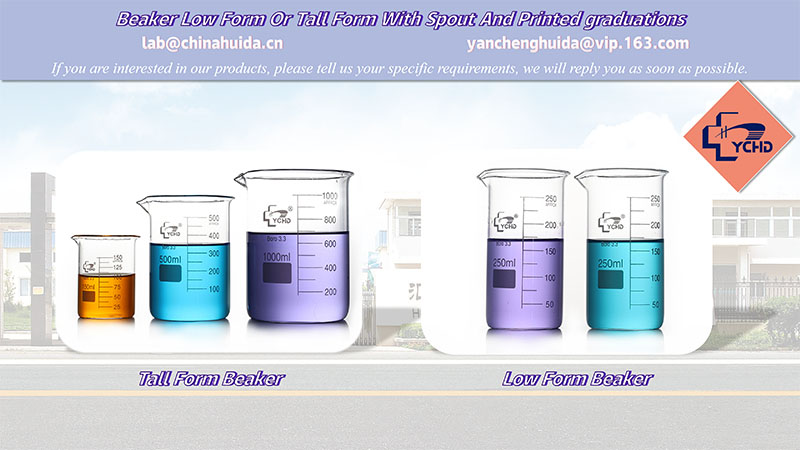【Principle】
According to the theory of plant mineral absorption, the initial absorption of solute by plants has the characteristics of adsorption, and it is assumed that a monolayer of adsorbed substances is uniformly covered on the root surface at this time, so it can be based on the amount of adsorption of a certain substance by the root system. To determine the absorption area of the root. Methylene blue is commonly used as the adsorbed substance, and its adsorbed amount can be accurately measured by colorimetry according to the change of the concentration of the test solution.
It is known that the area occupied by 1 mg of methylene blue into a monolayer is 1.1 m2, and the total absorption area of the root system can be calculated based on this. When the root system has reached adsorption saturation in the methylene blue solution and remains in the solution, the active part of the root system can absorb the originally adsorbed substances into the cells, thus continuing to adsorb methylene blue. The active absorption area is obtained from the latter adsorption amount, which can be used as an index of root vitality.
【Instruments and Utensils】
1 spectrophotometer; 3 100ml beakers; 1 50 or 100ml measuring cylinder (depending on the size of the root system); 1 volumetric pipette 1ml, 1 10ml; 10 test tubes (15×150mm); 1 volumetric flask 1000ml , 1 piece of 100ml; appropriate amount of absorbent paper; 1 piece of test tube rack
【Reagents】
0.0002mol/L methylene blue solution: accurately weigh 74.8mg methylene blue (C16H18N3SCl·3H2O), dissolve in water, and dilute to 1000ml. This solution contains 0.0748 mg of methylene blue per ml.
0.010mg/ml methylene blue solution: use a measuring pipette to draw 0.0002mol/L methylene blue 13.37ml to 100ml, shake well and serve.
【Method】
1. Preparation of plant materials: In this experiment, it is best to use hydroponic or sand culture plants to obtain a complete and undamaged root system. Maize has a well-developed root system and is a better material. If there is no test material for hydroponic or sand culture, potted plants can also be used, and the potted soil is carefully rinsed with water before use. Since it is impossible to dig out all the roots of the materials cultivated in the field without damage, it is best to avoid using them in formal experiments.
2. Preparation of the standard curve of the methylene blue solution: Take 7 test tubes with serial numbers to form the methylene blue series standard solution.
Take the first tube (water) as a reference and perform colorimetry under a spectrophotometer, take the wavelength of 660nm, and read the optical density. Use the methylene blue concentration as the abscissa and the optical density as the ordinate to draw a standard curve.
3. Take the roots of the plant to be tested, soak up the water with filter paper, and then measure the volume of the roots in a measuring cup or graduated cylinder by the drainage method. Pour the 0.0002mol/L methylene blue solution into three numbered small beakers. The volume of the solution in each cup is about 10 times the volume of the root, and the amount of solution in each cup is accurately recorded.
4. Take the root system and dry it carefully with absorbent paper several times, taking care not to damage the roots, and then immerse them in a beaker filled with methylene blue solution for 1.5 minutes in each cup. Note that the methylene blue solution can flow from the root back to the original beaker every time it is taken out.
Post time: Dec-16-2021





